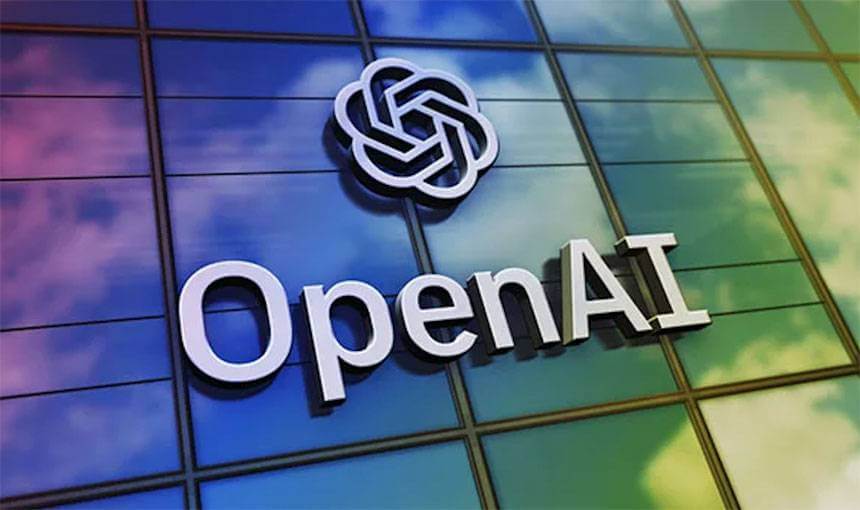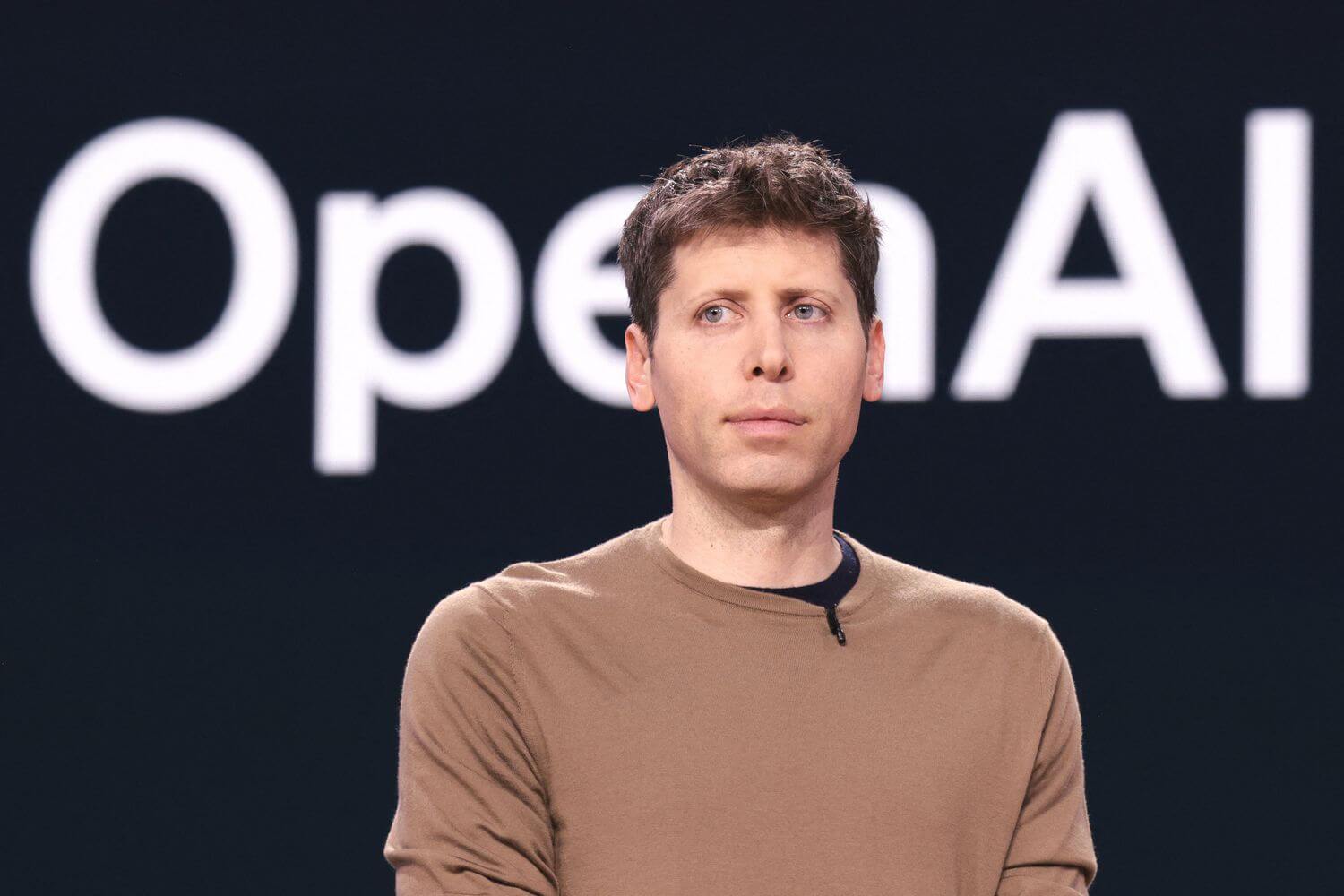Following user feedback and concerns regarding the recent shift to GPT-5, OpenAI has restored access to GPT-4o for Plus, Pro, and Team users. This decision comes shortly after the debut of GPT-5, which was initially introduced without an option for users to manually select previous models.
The restoration of GPT-4o came after a significant outpouring of community feedback across platforms like Reddit and X (formerly Twitter), where users voiced their disappointment with GPT-5. Many users expressed that they valued the continuity and the unique, meaningful, and even emotional connection they had formed with GPT-4o. Some users described GPT-4o as having a warm, supportive personality and a great sense of humor. They felt that GPT-5, while technically proficient, lacked the warmth and personality of its predecessor.
OpenAI CEO Sam Altman acknowledged the criticism and announced the return of GPT-4o for paid users. He also stated that the company would monitor the usage of both models to determine how long to offer the legacy model. Altman also admitted that OpenAI had underestimated how much users valued certain traits in GPT-4o, even if GPT-5 outperformed it in most ways.
To access GPT-4o, Plus, Pro, and Team users can log in via the ChatGPT web interface, go to Settings, and toggle the "Show legacy model" option. Once GPT-4o appears in the model list, it can be selected for use and should also appear in the iOS app. If users have trouble seeing GPT-4o on their mobile app after enabling the "Show legacy models" setting on the web, restarting the app or logging out and back in may resolve the issue.
Furthermore, OpenAI is increasing the rate limits for GPT-5 for ChatGPT Plus users. Altman mentioned they are testing a higher cap of 3,000 reasoning requests. This adjustment aims to address concerns about GPT-5's performance, which some users felt was weaker at times. Altman attributed some of these performance issues to a temporary malfunction in the automatic switching system and stated that adjustments are being made to improve how the system selects the most suitable model for different scenarios.
While GPT-5 remains the default model, the return of GPT-4o restores the choice that many users demanded. This allows users to select the model that best suits their needs. Some users also expressed a preference for manually selecting a model rather than relying on an automatic default.
The situation highlights the importance of user feedback in shaping the development and deployment of AI models. It also underscores the fact that technical superiority does not always equate to user satisfaction, as emotional connection and user experience can play a significant role in model preference. OpenAI's decision to reinstate GPT-4o demonstrates a willingness to listen to its user base and adapt its strategy accordingly.















